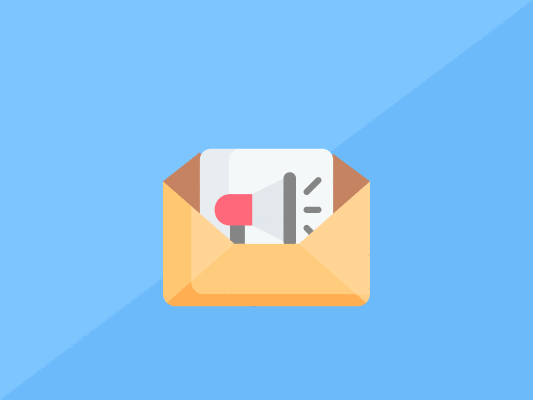Here a complete email marketing guide you can use for a successful campaign. Check out the 5-step guide now.
A Complete Email Marketing Guide for Successful Campaigns
Businesses across all niches use email marketing to take their lead generation and conversion to the next level.
45% of consumers say that social media ads are annoying, and McKinsey research shows that emails are more effective (40X more effective) in converting leads to customers than Twitter and Facebook combined.
But to streamline your business’ email marketing strategy, you need a workable email marketing guide.
But what is email marketing, and how can you create the perfect marketing emails for your business? We’ve highlighted all these and more in this email marketing guide.
First thing first, let’s get to the basics – what is email marketing?
Email marketing Definition
Definition: Email marketing is a technique of sending emails to prospects about a business, product, or service with the end goal of converting them to paying customers.
You can use email marketing to bring your message to your targeted audience to engage and win them over. This is because you have the complete attention of your potential customers.
No matter what you’re selling, email marketing is a way to reach thousands of potential customers directly at a relatively low cost than other forms of advertising.
Does email marketing still matter?
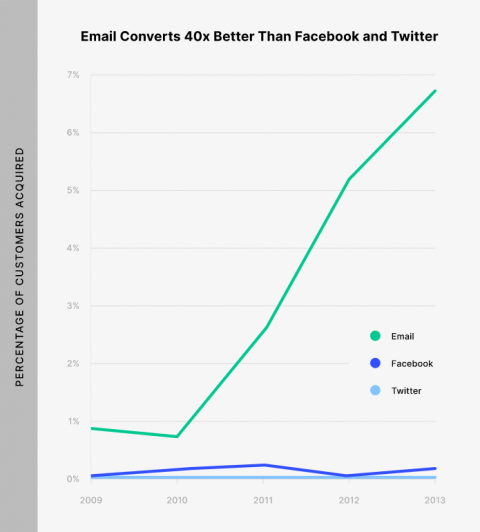
The simple answer is Yes. Here is why.
Email marketing targets prospects directly, and there are higher chances of conversion than other forms of marketing, such as social media.
For example, when someone subscribes to a newsletter, you directly line to that prospect’s inbox. This prospect is not only a qualified lead but an interested one.
Here are some research studies to back these claims:
- DMA reports that the average email subscriber is worth $37
- Litmus study estimates that email marketing ROI is in the ratio of 38:1
- 86% of marketers consider email marketing to be important
If you are looking to incorporate email marketing into your digital marketing strategy in 2021 and beyond, then you are on the right track.
Here are some of the advantages.
- Cost-effective – email marketing is cheap and fully automated.
- Highly effective – Emails target ideal and prospective customers.
- Easy to measure – Metrics such as email open and click-through rates are easy to measure, hence easy to know whether the strategy is effective or not.
- Email marketing is also very flexible and can work for various audiences in different industries/niches.
If you have any doubts about email marketing in 2021 and beyond, there many best practices to help you make the right decisions as far as marketing your business is concerned.
When to use email marketing
The customer buyer journey consists of various stages where you can leverage emails to connect and engage. With the right strategy, you should be able to identify these opportunities and tap into the power of email marketing.
For example:
- Welcome emails – when a new prospect signs up with your website, free service, products, etc.
- Abandoned cart emails – when a prospective customer leaves goods on their carts
- New product announcement emails
- Newsletter emails, etc.
There are many other email campaigns that you can keep experimenting with your business and target audience.
Where necessary, consult with your digital marketer before choosing any email marketing strategy.
What are the benefits of doing email marketing?
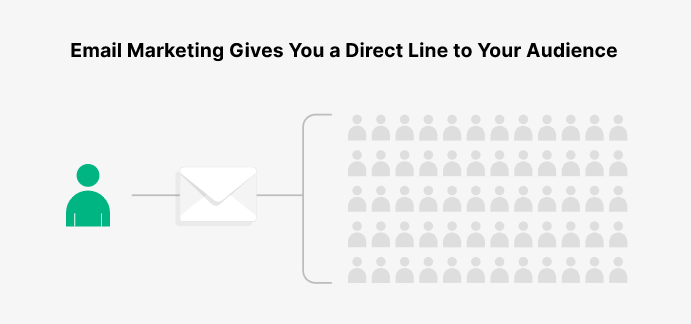
When done right, email marketing can be very effective in converting leads to customers.
Here are some of the significant benefits:
- Pocket-friendly – With minimal investment, you can grow and even automate your email marketing campaign. The ease and flexibility of sending emails is an added advantage.
- Quickly Build brand awareness and attract your prospects’ attention – since you are targeting a prospective lead, it’s easy to attract their attention and win them over. In the process, you also build your brand name among your immediate audience.
- Perfect for nurturing leads – using personalized emails, you can build some long-lasting relationships with your customers. This boosts customer loyalty and the chances of winning lifetime customers.
- Generate traffic and sales – At the end of the day, those who take action will be redirected to your site. These leads generate traffic and potential sales.
How do you create a successful email marketing campaign?
Email marketing requires a creative strategy, and now we will help you get started and succeed with it.
Below are the five steps you need to succeed with the best email marketing campaigns.
1. Choose an email marketing campaign – experiment with different strategies until you find what works best.
2. Build an email list – get more subscribers with lead magnets, eBooks, etc.
3. Build your email campaign templates – Know the critical elements in your email campaign templates. You can opt for email marketing software.
4. Decide on the frequency – you can create an autoresponder to help with email automation.
5. Know the important metrics – so you can track and improve. If you’re a beginner, you may need to focus on only a few important metrics to track your marketing efforts.
Now let’s go through each in details:
1. Choose an Email Marketing Campaign
There are several types of email campaigns you can use to promote your business; however, you want to choose those that will work best with the rest of your online marketing.
For the sake of this email marketing guide, we are not going to explore all the email strategies; instead, we shall see when and how you can use the most appropriate strategy for the right audience.
For example, welcome emails cannot be a substitute for nurturing emails. A rule of thumb is to choose email campaigns that resonate with your business’s nature and the stage of the customer relationship.
For instance, gift emails will work best with existing subscribers, while holiday-related emails can suit your entire audience.
To get the best, make sure you are experimenting with various email campaigns. Some will work, and some will fail. But make sure to keep moving forward.
A drip email marketing, for example, might work well with a section of your audience, while nurture email campaigns might be more effective with the rest of your target market.
2. Build an email list
Many email marketing guides out there will prioritize an email list above anything else, making a lot of sense. To ensure your emails reach real subscribers and avoid bounces, it’s a good idea to clean and validate your list beforehand using a free email address verification tool. However, most will emphasize solely optimizing a landing page.
With this email marketing guide, we’re going to change the rules a bit. Instead of optimizing only the landing page, how about optimizing your About Page as well.
Below is an example of a well-optimized About Page:
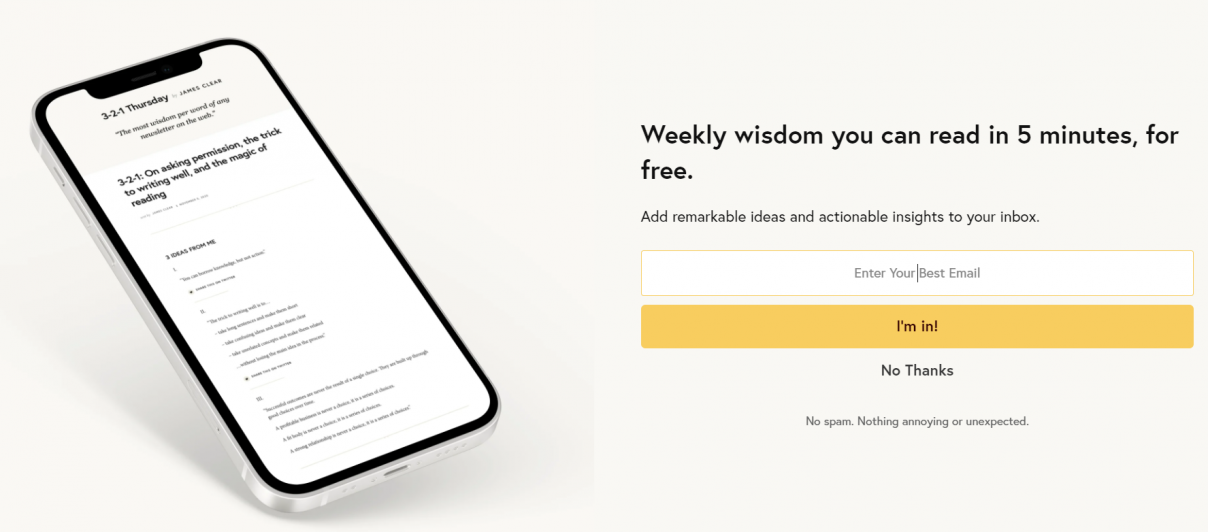
This way, those people who frequently visit your page will be the first ones to subscribe. Here, you’ll be building an email list of people who already know about you and are more inclined to take action – buy your products, online courses, eBooks, etc.
The idea of building an email list is to get more subscribers by offering value to the larger audience and, in return, asking them for their email address. This may sound simple, but in practice, it’s a bit of work.
To spice things up, you can use lead magnets, i.e., something your audience can use right off the bat. For example, a free eBook, templates, case studies, or videos delivered straight to their inbox instead of a “60-day email course” or a “monthly newsletter.”
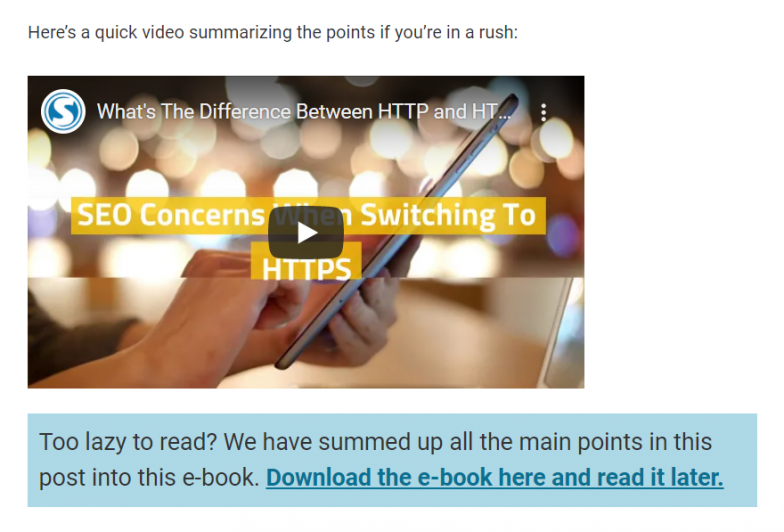
Remember this – a visitor who visits your website already at least somewhat interested in you. So don’t miss the opportunity to add them to your email list.
Not sure what to offer?
Here’s a useful tip. Check what’s your top-performing content. This allows you to see what’s people really interested in or looking for on your website.
You may use BiQ’s Rank Intelligence to do so.
First, enter your website URL into Rank Intelligence. Then, select the country where the audience is based.
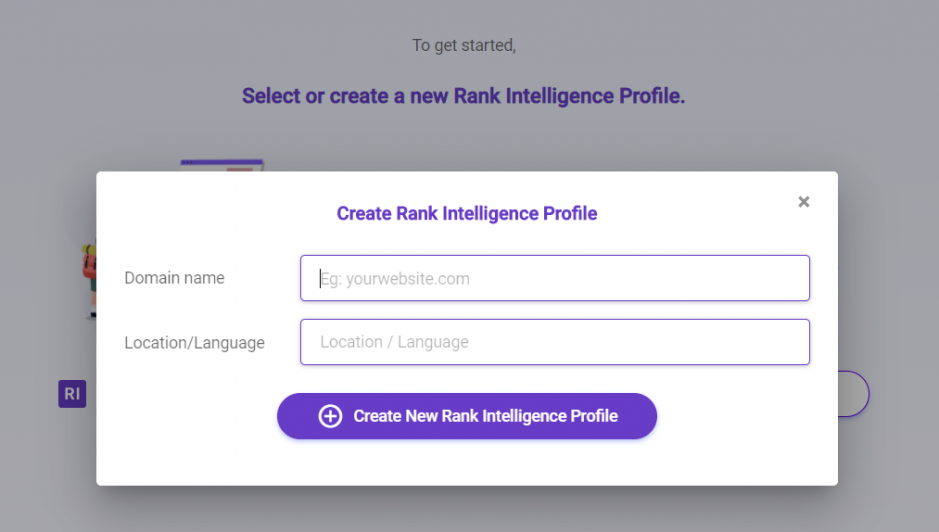
You will get to see all the keywords your website is ranking for together with the important insights such as search volume, cost-per-click, and competition, and so on.
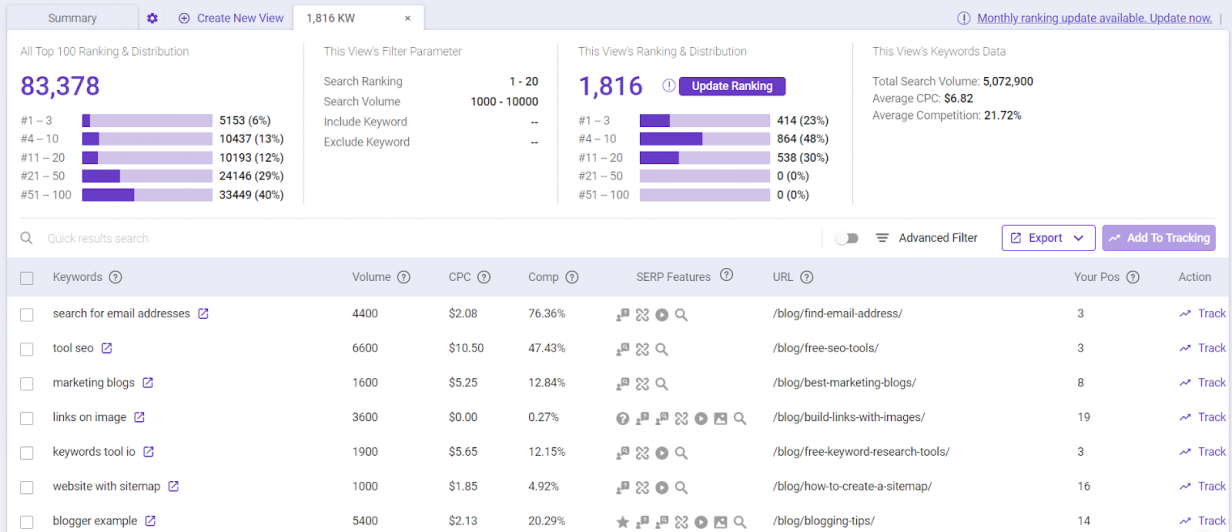
These insights let you know the search terms that searchers are searching for to reach your website.
Check out what’s your top-performing content using BiQ’s Rank Intelligence for free by signing up for a free BiQ account.
Here’s another useful tip. You can also use the tool to see what’s your competitor’s top-performing content. Just enter their URL, and you will see what makes people stick to their website.
3. Build email campaign templates
The average email open rate is estimated at 17.8%, while the average click-through rate lags at 2.6%. This is according to a 2020 Campaign Monitor report.
From these figures, it’s clear that most of the emails remain unread, and more than 80% of the people who read those emails never take action (14.3% email click-to-open rate).
If you’re reading this email marketing guide to help boost your email open and click-through rates, then here are a handful of tips for you:
- Use the right email template to learn how to start an email, introduce yourself, and write a perfect call to action.
- Your email subject line should be compelling and straightforward.
- Use a bold opening.
- Make the content super valuable.
Below are some real-life examples from an email marketing expert:
This one below is a sample email campaign template used for announcement emails by Backlinko’s Brian Dean.

Next is a simplistic yet effective email example for a blog post newsletter.
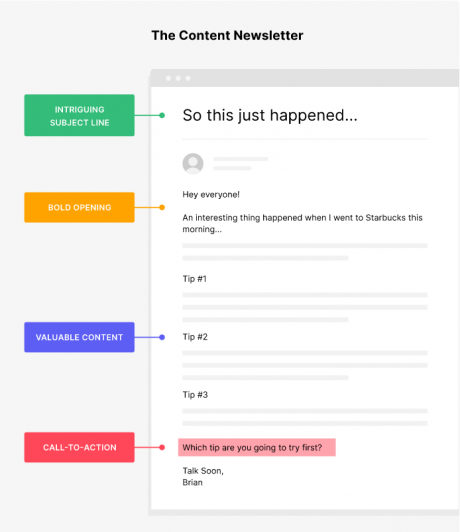
You also need to make your lead as compelling as possible. This snippet is an example of a short email with a quick but eye-catching lead.
You may start creating your email template using this guide to creating an email template by MailChimp. Give it a try and let me know what you think in the comments below.
4. Decide on a frequency.
Another important consideration that we must highlight in this email marketing guide is the frequency at which you should send the emails to your subscribers or prospects.
Here is the statistic to how often email marketers contact their lists:
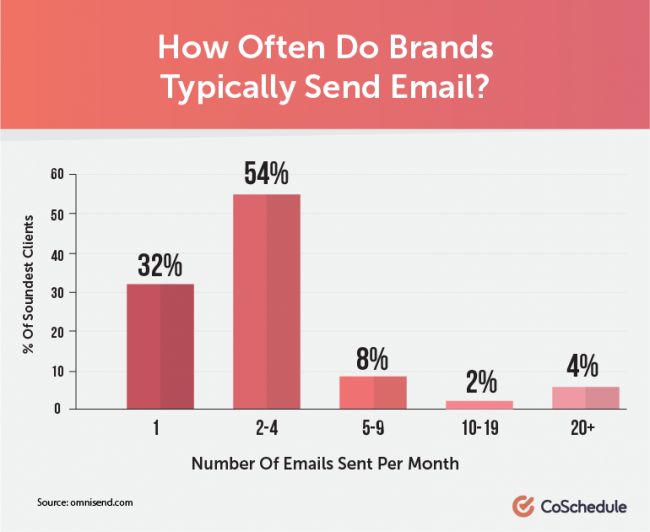
A high percentage of customers actually prefer monthly emails compared to the rest.
Nevertheless, to determine the right email frequency to send, you will need to test which works best for you.
It’s email best practice to set up an autoresponder that automatically sends new subscribers some valuable content. That said, having email autoresponder software for marketing automation is a good choice.
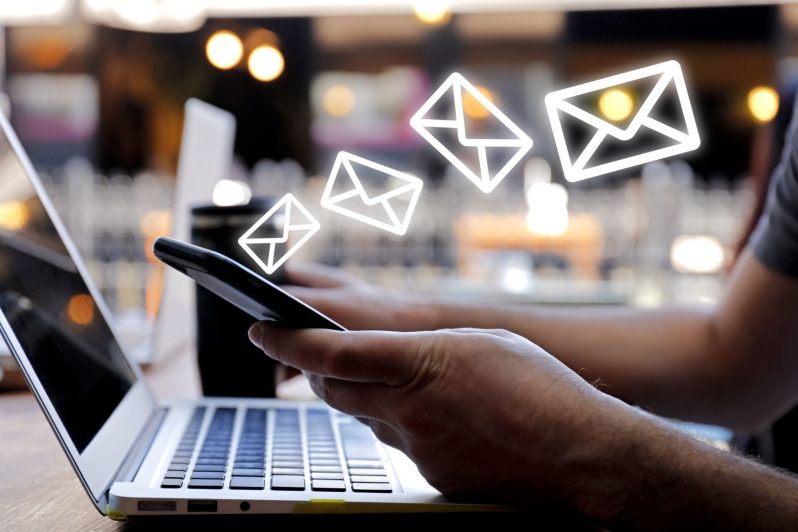
The advantage to this is the flexibility to create fantastic autoresponder sequences for any business, whether it’s eCommerce, SaaS, or a blog. We’ll be recommending some email automation software in the next section.
5. Know important metrics
The last step will be to know your email marketing metrics. This will help you to track and improve your email marketing strategy over time.
The email open-rate, click-through rate, and bounce rate are some of the most important email marketing metrics you should monitor to keep track of your marketing efforts.

Other metrics such as unsubscribe rates and subscribers’ feedback may seem irrelevant since their numbers could be somewhat insignificant. However, insights from such metrics can help boost your email marketing success.
Once you’ve understood all the 5 steps we’ve highlighted in our email marketing guide, you’ll be ready to unlock the secrets to writing a good marketing email.
Remember, you need to master the email marketing basics to create killer emails that convert.
Below are some tools (email marketing software) that will help you achieve this milestone.
Which email marketing service is the best?
Now that you know how to do email marketing, we’ll proceed to the next part of our email guide, that is: where to source the best email marketing services.
When it comes to email marketing, everyone wants to have the best email marketing software that allows them to craft personalized email and automate the process.
As highlighted earlier, we’re going to discuss two email marketing services: Aweber and MailChimp.
Aweber
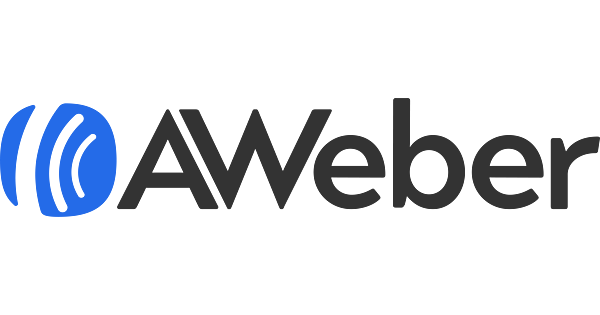
Most marketers rank Aweber as one of the most simplistic Email Service providers (ESPs) in the market, thanks to their user-friendly interface.
Aweber’s automation features, reporting tool, and pricing make a lot of sense for both newbies and seasoned marketers/ business owners.
MailChimp
MailChimp has a very easy interface for those who are new to email marketing. That could be the reason why it is popular and loved by small and medium businesses.
Not only do you get a super engaging user-interface, but also lots of options when managing subscribers and setting up autoresponders.
Conclusion
So, does email marketing work? The answer is yes. However, you need the right approach to creating and sending your emails. For the best results, maximize this email marketing guide and always try out new strategies that might work well for your business.
Last but not least is to work on increasing your landing page conversion rate. The landing page is where your prospects are redirected when they click on the link on your email, and the conversion rate shows the success rate of your emails.
That said, your email marketing efforts are only considered successful if you are converting audiences to leads and customers.
And to optimize your landing page, you should write attention-grabbing headlines, create relevant content, and optimize the page for SEO. For the latter, you can refer to our SEO best practice guide.
As you use this email marketing guide to inspire your path to email marketing success, remember constant practice makes significant improvements.



